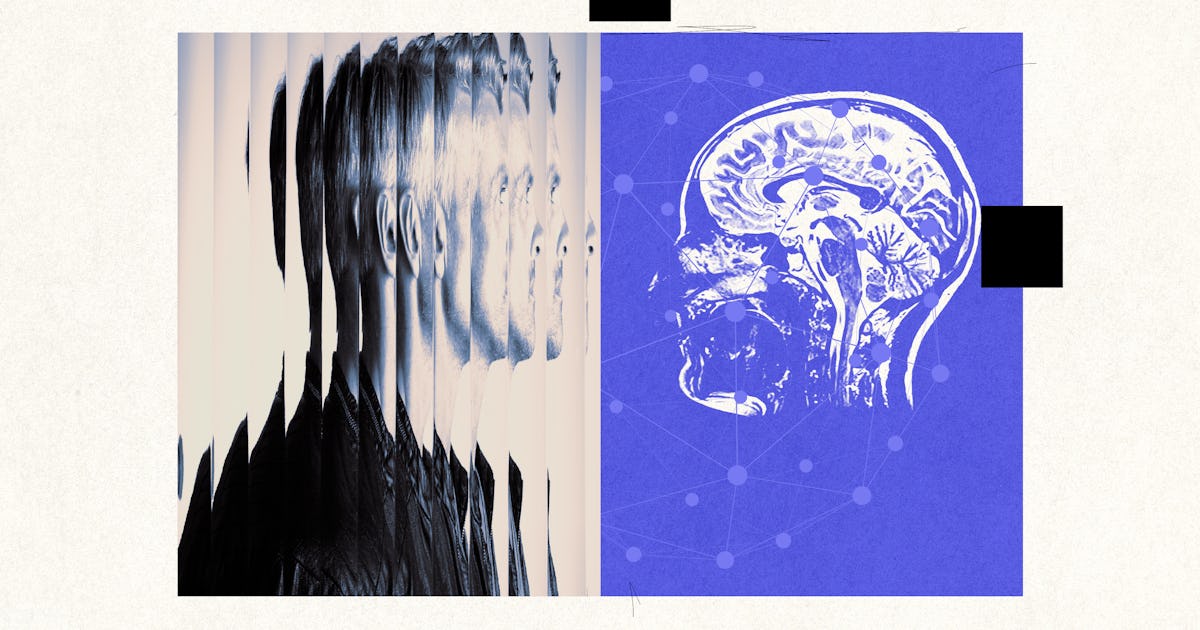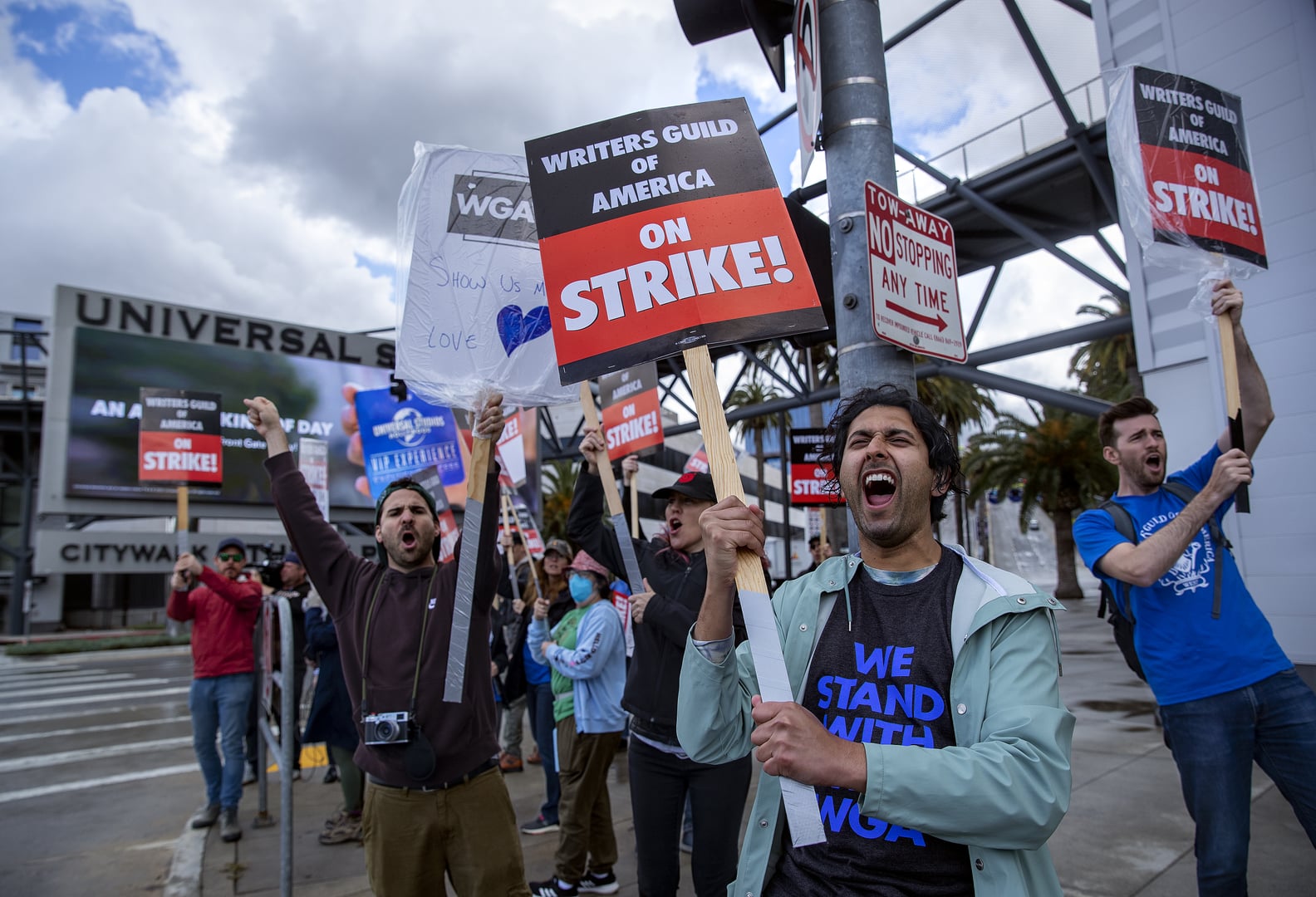Understanding Misinformation Resistance: A CNN Perspective

Table of Contents
The Role of Media Literacy in Misinformation Resistance
Media literacy is the cornerstone of effective misinformation resistance. It equips individuals with the critical thinking skills necessary to evaluate information sources, identify biases, and discern fact from fiction. This involves understanding the nuances of how information is presented and recognizing different types of misinformation.
-
Identifying biases in reporting: Agenda-setting, where certain topics are prioritized over others, and framing, the way information is presented to influence interpretation, are common techniques used to shape public opinion. Understanding these biases is key to critical analysis.
-
Recognizing different types of misinformation: It's crucial to differentiate between disinformation (deliberately false information), mal-information (true information shared with malicious intent), and satire that is misinterpreted as fact.
-
Practical steps to improve media literacy:
- Learn to fact-check using reputable sources like Snopes, PolitiFact, and FactCheck.org. CNN itself provides valuable fact-checks through its reporting and dedicated fact-checking units.
- Analyze the credibility of websites and social media accounts. Look for indicators of authority, accuracy, and objectivity. Be wary of websites with anonymous authors or those lacking transparency.
- Be aware of emotional manipulation tactics. Misinformation often exploits emotions like fear, anger, and outrage to spread rapidly.
CNN's fact-checking initiatives and readily available media literacy resources serve as excellent examples of how news organizations can actively combat the spread of misinformation and empower individuals to build their own misinformation resistance.
Cognitive Biases and Their Impact on Misinformation Resistance
Cognitive biases, inherent mental shortcuts our brains utilize, can significantly impact our ability to resist misinformation. Confirmation bias, the tendency to favor information confirming pre-existing beliefs, and motivated reasoning, where we interpret information to support our desires, are particularly relevant.
-
Understanding how cognitive biases operate: Recognizing how these biases influence our thinking is the first step towards mitigating their impact. We need to be aware of our own predispositions to accepting information that aligns with our views, even if it's inaccurate.
-
Techniques for mitigating cognitive biases: Actively challenging our assumptions and actively seeking out diverse perspectives are essential tools.
-
Practical strategies to counteract cognitive biases:
- Actively seek out diverse perspectives and opinions, even those that challenge your own beliefs. Exposure to a wider range of viewpoints can help break free from echo chambers.
- Consider alternative explanations for events and information. Don't immediately accept the first explanation you encounter.
- Practice critical thinking skills. Ask questions, evaluate evidence, and look for logical fallacies in arguments.
CNN's coverage of political polarization and its role in amplifying misinformation highlights the critical importance of understanding and addressing cognitive biases in the fight against the spread of false information.
The Social and Political Context of Misinformation Resistance
The social and political context in which information is shared significantly impacts its reception and acceptance. Social networks and political affiliations often create echo chambers and filter bubbles, reinforcing pre-existing beliefs and limiting exposure to diverse viewpoints.
-
Echo chambers and filter bubbles: These online environments limit exposure to contrasting perspectives, increasing vulnerability to misinformation that confirms pre-existing biases.
-
The role of social media algorithms: Algorithms designed to maximize engagement can inadvertently amplify misinformation by prioritizing sensational or emotionally charged content, regardless of its accuracy.
-
Strategies for navigating the social and political context:
- Be aware of your own biases and the echo chambers you might inhabit. Actively seek out information from a range of sources.
- Engage in respectful dialogue with those who hold differing views. Focus on understanding different perspectives, rather than just winning arguments.
- Support fact-checking initiatives and media accountability. Demand transparency and accuracy from information sources.
CNN's reporting on the spread of misinformation during elections and major social events underscores the critical role of social and political context in shaping our susceptibility to false narratives. Understanding this context is vital for building effective misinformation resistance.
Building Resilience Against Misinformation: A CNN Approach
CNN, through its investigative journalism, fact-checking units, and educational resources, plays a significant role in fostering misinformation resistance. Their commitment to responsible journalism provides a model for how media organizations can combat the spread of false information.
-
The importance of reliable news sources and responsible journalism: Choosing credible news outlets that prioritize accuracy and fact-checking is a crucial step in building misinformation resistance.
-
The role of media outlets in educating the public about misinformation tactics: Media literacy education is critical, and responsible news organizations can play a significant role in this.
-
Practical steps to enhance your defenses against misinformation:
- Consume news from a variety of credible sources. Don't rely solely on one news outlet.
- Support investigative journalism that exposes misinformation campaigns. Investigative reporting is crucial in uncovering the origins and methods behind disinformation efforts.
- Become actively involved in promoting media literacy. Share accurate information and challenge misinformation when you encounter it.
CNN's partnerships with fact-checking organizations and educational programs exemplify the proactive role media outlets can play in building a more informed and resilient public.
Conclusion
Understanding misinformation resistance is vital in navigating the complex information landscape of today. By cultivating media literacy, recognizing cognitive biases, and understanding the social and political context, individuals can significantly strengthen their ability to identify and reject misinformation. CNN's reporting provides valuable insights into the challenges and opportunities related to combating misinformation. Strengthening your misinformation resistance is an ongoing process, requiring critical thinking, media awareness, and a commitment to seeking out truth and accuracy. Take steps today to improve your misinformation resistance and contribute to a more informed and resilient society.

Featured Posts
-
 Building A Better Future For Mental Healthcare
May 02, 2025
Building A Better Future For Mental Healthcare
May 02, 2025 -
 Brtanwy Parlymnt Myn Kshmyr Ke Msyle Pr Mbahthh Ka Mtalbh
May 02, 2025
Brtanwy Parlymnt Myn Kshmyr Ke Msyle Pr Mbahthh Ka Mtalbh
May 02, 2025 -
 Hollywood Production Frozen The Combined Writers And Actors Strike
May 02, 2025
Hollywood Production Frozen The Combined Writers And Actors Strike
May 02, 2025 -
 Improving Workboat Safety And Efficiency Through Automation A Tbs Safety And Nebofleet Partnership
May 02, 2025
Improving Workboat Safety And Efficiency Through Automation A Tbs Safety And Nebofleet Partnership
May 02, 2025 -
 Automakers Confused By Trumps Shifting Tariffs
May 02, 2025
Automakers Confused By Trumps Shifting Tariffs
May 02, 2025
